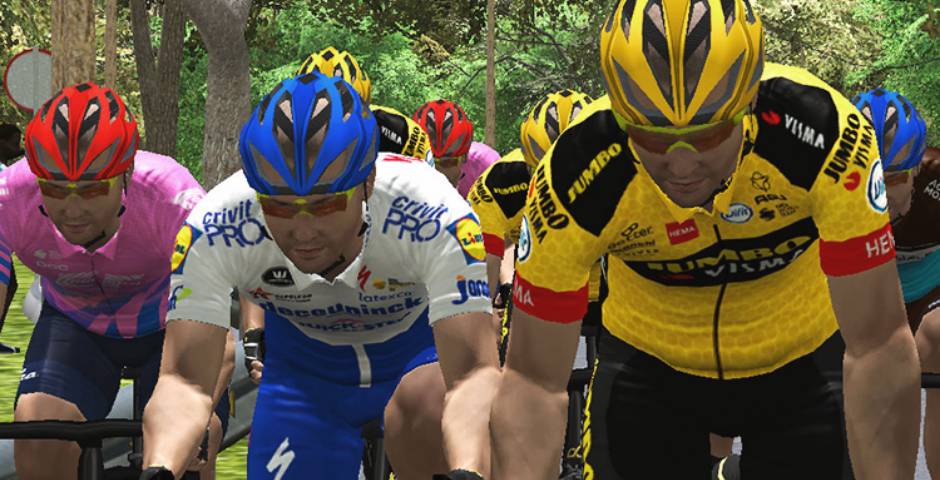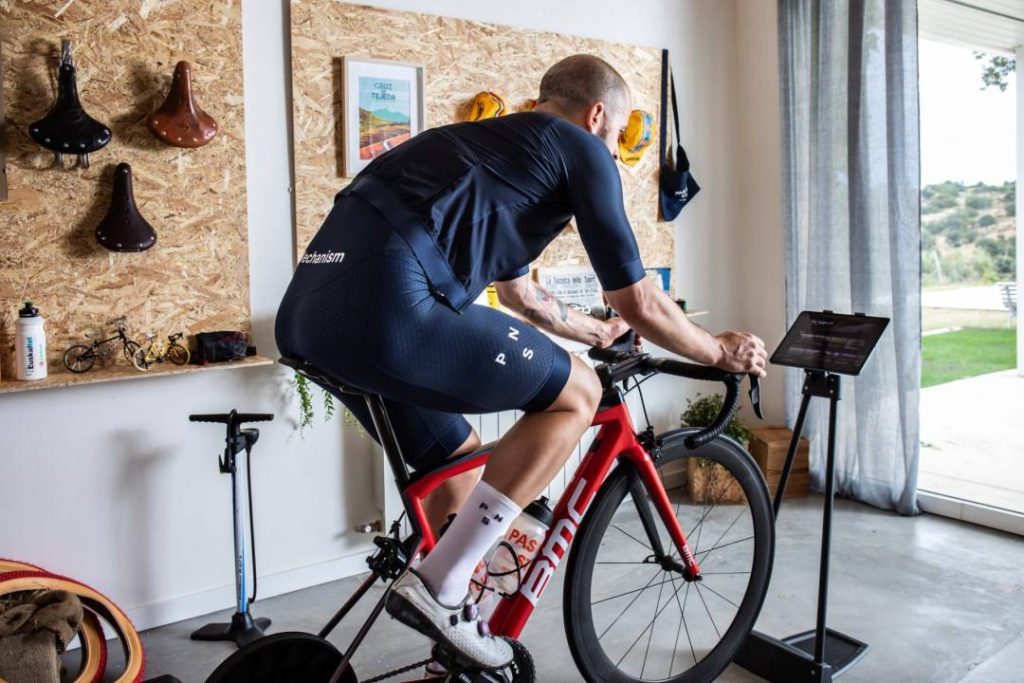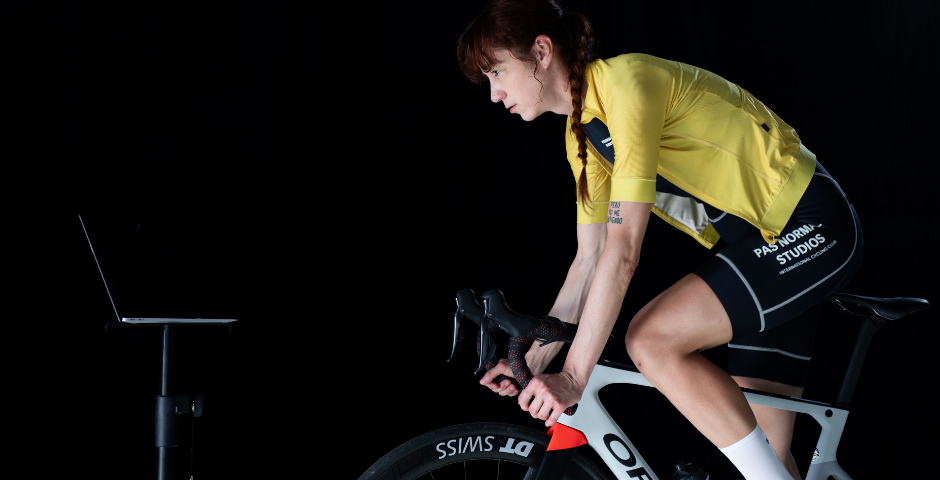If you feel overwhelmed by cycling data and metrics, don’t worry. We’ll help you to get your head around them.
Data is essential to getting the most out of your training. In fact, there are few serious cyclists we see today without a cycling computer or smart watch. These devices provide data that is quite familiar to many of us, such as distance or speed. But you can also get metrics using external sensors, such as a power meter or a heart rate monitor.
Let’s take a brief look at the most important cycling metrics!
Power
Without a doubt, power is the most baffling cycling metric to any new enthusiast. However, it is one of the key pieces to improving performance.
To put it simply: power is the amount of energy you are applying per unit of time. In cycling, it is measured in watts (w) and is extracted by multiplying the torque on the pedals by the cadence. Because of this mathematical nature, it is the most accurate and reliable way to measure cycling performance.
There are a number of cycling metrics directly related to power that you should also be aware of:
- Average power: as the name suggests, this is the average power given in watts (w) that we have been able to apply during a given time period.
- Normalised power: similar to power, except that in this case it does not take into account the dead spots where you stop applying force to the pedals.
- Relative power: power of a cyclist relative to their weight. Relative power is measured in w/kg and is calculated by dividing power by body weight. For example: a 70 kg cyclist who has ridden at 326 watts for 20 minutes has generated a load of 4.66 w/kg.
Heart rate
Although power is the most effective way to measure efforts, heart rate (HR) is another cycling metric to bear in mind. Combining the reading of both power and heart rate, you’ll get a lot of information about your performance.
While power is the key to understanding what you’re doing, heart rate shows you how your body is reacting to that workload.
Heart rate is the number of times per minute your heart beats. The higher this number is, the more demanding the effort. This is why measuring heart rate is a great option for novice athletes who haven’t been able to invest in a power sensor.
Just keep in mind that heart rate is not as objective as power. Not all athletes output power within the same heart rate ranges. Also, temperature and fatigue can skew your heart rate relative to your power output.

Cadence
Cadence or pedaling frequency refers to the number of pedal strokes (total rotation around the pedal) in a given amount of time. It’s measured in revolutions per minute (rpm) and is another important aspect of performance.
There is no best pedaling frequency, so it’s important for each athlete to explore their own capabilities and the frequency at which they perform best. In addition, there are specific exercises that help you get the most out of this cycling metric.
Training zones
Knowing the metrics has a specific purpose: to train at different levels of effort to develop different types of fitness.
That’s where training zones come into play. These divide your effort into different levels (between 5 and 7 depending on the coach) ranging from recovery to maximum effort.
The five classic training zones are:
- Zone 1 or Recovery: training sessions in this zone can (or probably should) be boring. These are sessions that help our body to recover.
- Zone 2 or Endurance: this zone is related to aerobic effort. They begin to be noticed as training, but do not become overly demanding. Zone 2 sessions increase mitochondrial growth, develop blood capillaries and improve your ability to burn fat.
- Zone 3 or Tempo: Zone 3 efforts begin to push you out of your comfort zone, but they are still at e level of effort you can sustain over the long term. Tempo workouts improve your body’s ability to eliminate and recycle lactic acid, and therefore increase the so-called lactate threshold, which is related to the functional power threshold or FTP.
- Zone 4 or Threshold: this is the point at which you begin to develop oxygen deficiency, also known as exercising anaerobically.
- Zone 5 or VO2Max: training to improve our maximal oxygen consumption. These workouts are very, very hard and very short.
Now that you know the key metrics of training, you can start working on your performance on our virtual indoor cycling platform.
BKOOL is the most complete cycling simulator on the market, try it FREE for 7 days!
 Go to BKOOL
Go to BKOOL





